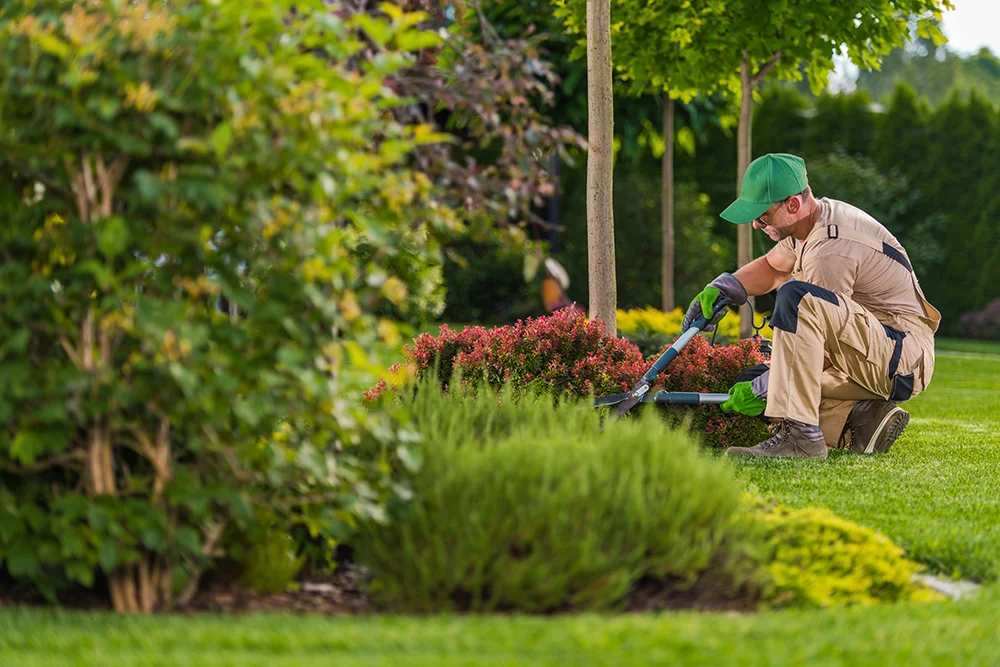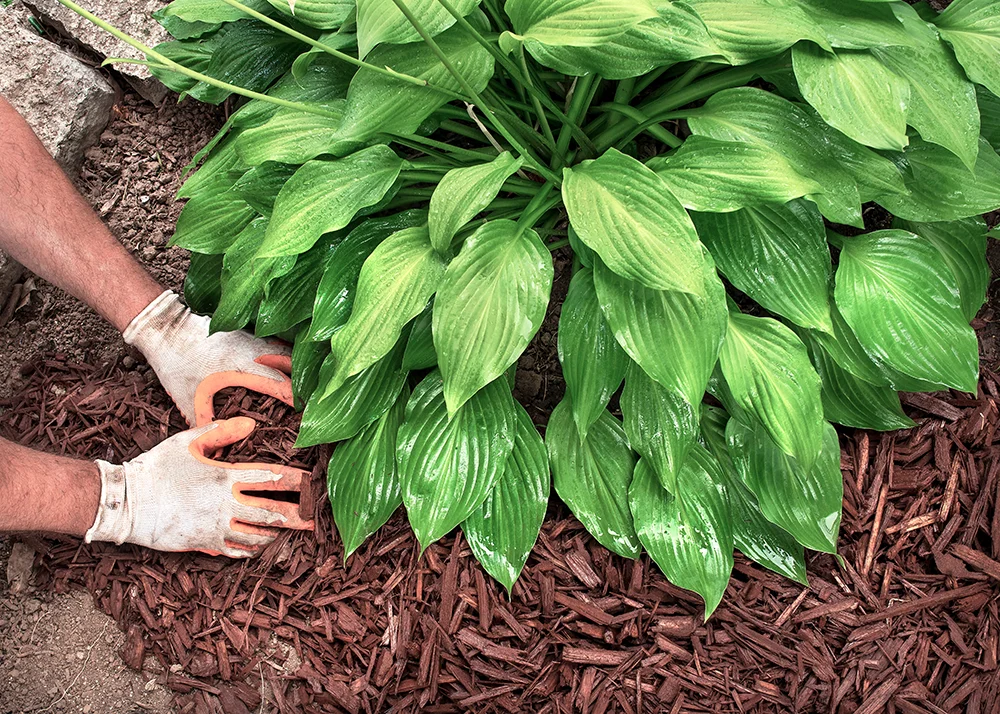Landscaping can be a surprisingly heated topic in HOA communities across California. From neatly trimmed lawns to eco-friendly drought-tolerant plants, what a yard looks like often matters just as much as what’s behind the front door. For HOA board members, understanding California’s legal landscape is essential for creating fair, enforceable, and sustainable landscaping rules.
The Basics of HOA Landscaping Oversight
Landscaping plays a big role in defining a community’s curb appeal and property values. In an HOA setting, rules about landscaping help ensure consistency and preserve the community’s visual identity. But they also have to stay within the bounds of California law.
Under the Davis-Stirling Common Interest Development Act, HOAs have the authority to regulate landscaping in common areas and sometimes on private property, depending on how the governing documents are written. These rules typically address:
- What types of plants and materials are allowed
- Where landscaping features can be placed
- Irrigation and watering requirements
- Lawn maintenance expectations
- Rules around artificial turf or drought-friendly landscaping
While it might seem straightforward, there are legal limits. Homeowners associations can’t overreach into decisions that are protected by law, especially when it comes to water conservation and environmental compliance.
Water Conservation and Civil Code Protections
California’s long-standing battle with drought has made water conservation more than just a good idea—it’s now a legal right for homeowners. Civil Code §4735, amended in recent years to reflect California’s water-conscious priorities, restricts HOAs from enforcing landscaping rules that interfere with a homeowner’s efforts to conserve water.
Here’s what that means in practice:
- HOAs cannot prohibit artificial turf in backyards or front yards.
- Residents are allowed to replace grass with drought-tolerant landscaping, and HOAs must permit these changes.
- Fines for reducing or stopping lawn watering during drought periods are not allowed if the area is under official water use restrictions.
- Landscaping modifications that align with local or state water-efficient landscaping ordinances cannot be disallowed by an HOA.
This is a big deal, especially in communities where green lawns were once the standard. HOA landscaping in California has had to evolve—boards must now create guidelines that respect both aesthetic values and homeowners’ legal right to install sustainable landscaping.
HOA Landscaping Guidelines and Community Design
A well-maintained landscape contributes to a pleasant community feel, but not every design choice is up to individual residents. That’s where HOA landscaping guidelines come in. These documents help preserve harmony by setting standards for things like:
- Color and type of mulch or rocks
- Size and species of trees or shrubs
- Lawn replacement materials (e.g., decomposed granite, bark, or native grasses)
- Locations of planter beds or trellises
- Use of potted plants, fountains, or yard ornaments
But it’s important to note: these guidelines must also be reasonable. A board can’t enforce subjective aesthetic preferences or adopt rules that would make compliance with water conservation laws impossible. If your HOA’s landscaping guidelines haven’t been updated in a few years, it’s a good idea to review them with legal counsel or a professional management company.
Architectural Review and the Application Process
Most HOAs require homeowners to submit a request before making major landscaping changes, especially in front yards or areas visible from the street. The Davis-Stirling Act requires this architectural review process to be:
- Consistent and fair
- Completed within a reasonable timeframe (generally 45 days)
- Based on written guidelines
- Documented with clear approval or denial letters
HOAs that don’t respond to an application within the required period may find that the homeowner’s request is automatically approved by default. This is one area where delays or disorganized review processes can lead to costly problems down the line.
For boards, it’s critical to keep track of application timelines, document all decisions, and communicate clearly with homeowners throughout the process. This not only keeps the association in compliance, it also helps prevent unnecessary friction.
Who Handles What? Understanding Maintenance Obligations

Landscaping upkeep is often split between the HOA and homeowners. According to Civil Code §4775:
- The HOA is responsible for the repair, replacement, and maintenance of common areas.
- The homeowner is responsible for maintaining their separate interest (their own lot or unit) and exclusive use common areas (like a patio or front lawn).
However, some HOAs may shift responsibilities through their CC&Rs. For example, the HOA might take care of front lawns or shared driveways, even if those areas are technically part of individual lots. That’s why it’s critical for boards to define maintenance roles in their governing documents clearly. If residents are unclear about who trims which tree or waters which part of the lawn, disputes are likely to happen.
In master-planned communities, it’s not uncommon for the HOA to manage large-scale landscaping, including medians, trails, and parks, while homeowners handle their planting beds. In smaller communities or townhome associations, the HOA may provide full-service landscaping across all exterior spaces.
Common Violations and How to Handle Them
HOA lawn maintenance rules aren’t just there for appearances—they’re a reflection of community standards. When a homeowner falls short of those standards, such as letting the grass die or leaving tree branches to overhang a neighbour’s fence, the board may need to step in.
But enforcement needs to follow proper procedure:
- Start with a courtesy reminder or friendly notice
- Move to a formal violation letter, if necessary
- Allow time for the homeowner to fix the issue
- Impose fines only if allowed in your governing documents and after a hearing
Boards should avoid heavy-handed tactics or singling out specific residents. Not only does that create tension, but it may also open the association to legal claims of selective enforcement.
Updating HOA Landscaping Rules
If your HOA is still operating under the same landscaping rules it adopted in the 1990s, it’s probably time for an update. California’s climate and homeowner expectations have shifted. What once made sense—like strict lawn requirements or ornamental plant lists—may now conflict with sustainability goals or state laws protecting water conservation efforts.
Before revising your rules, assess whether they accommodate artificial turf, drought-tolerant materials, or modern irrigation systems. Take a fresh look at your approved plant lists and architectural review procedures to make sure they reflect current laws and practical needs.
Consider these questions:
- Do your rules accommodate artificial turf or water-efficient irrigation systems?
- Are the plant lists outdated or incompatible with today’s climate concerns?
- Do your guidelines support residents who want native or pollinator-friendly gardens?
- Are architectural review procedures clearly documented and legally compliant?
Work with your community manager or HOA attorney to review and revise your HOA landscaping rules. Focus on flexibility, sustainability, and clarity. Good rules don’t just enforce—they empower residents to make smart, compliant decisions.
Encouraging Better Landscape Design

Good HOA landscape design does more than make a yard pretty. It contributes to healthier ecosystems, lower water bills, and stronger property values. Some HOAs now offer sample plans or landscape design resources to help homeowners make informed choices. Others host workshops on native planting or provide rebates for removing turf.
If your HOA is committed to environmental leadership, you might also:
- Partner with local water agencies for conservation programs
- Establish a landscaping committee to oversee updates and compliance
- Recognize homeowners who implement sustainable designs
These types of proactive programs show that the board isn’t just enforcing rules—it’s helping shape a better community.
How to Navigate Pushback and Disputes
Every HOA board will, at some point, face disagreement over landscaping. Maybe a homeowner installs a rock garden that doesn’t match the rest of the street. Or someone wants to replace their front lawn with succulents, and a neighbor complains. These are common scenarios.
When conflict arises:
- Don’t rush into a violation notice. Open a conversation.
- Review the governing documents and legal obligations.
- Seek a compromise where possible.
- Use dispute resolution services if things escalate.
Boards that maintain open channels of communication are less likely to face prolonged or hostile disputes.
The Future of HOA Landscaping in California
California’s climate realities aren’t going away. As heat, drought, and water restrictions become more common, HOAs will need to adapt continually. Forward-thinking associations are already doing this by updating their HOA landscaping guidelines to prioritize sustainability and ease of care.
Expect to see more communities embrace:
- Drip irrigation systems
- Native grasses and pollinator plants
- Landscape zoning for different water needs
- Reduced lawn areas
And perhaps most importantly, expect homeowners to become more vocal about their rights. Boards that stay informed, updated, and open to change will be best positioned to keep the peace and protect property values.
Where the Grass Is Greener by Design
In California, landscaping should always consider policies, drought, sustainability, and community values. As HOA board members, your understanding needs to go beyond managing turf and trees. You’re shaping the community’s first impression, protecting shared investments, and leading the way into a more sustainable future—one yard at a time.
Do you need help in managing your HOA community? Personalized Property Management offers HOA and property management services around Southern California. Call us at 760-325-9500 or email us at info@ppminternet.com for more information!
